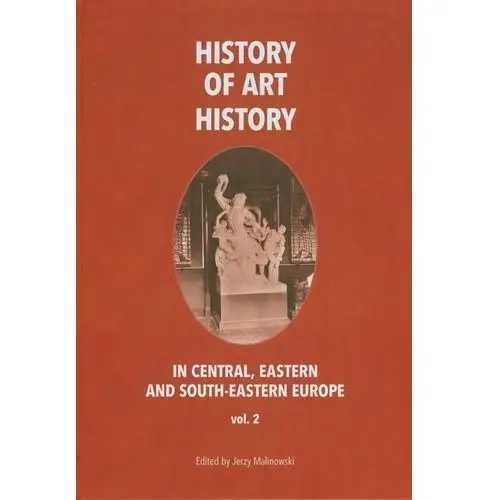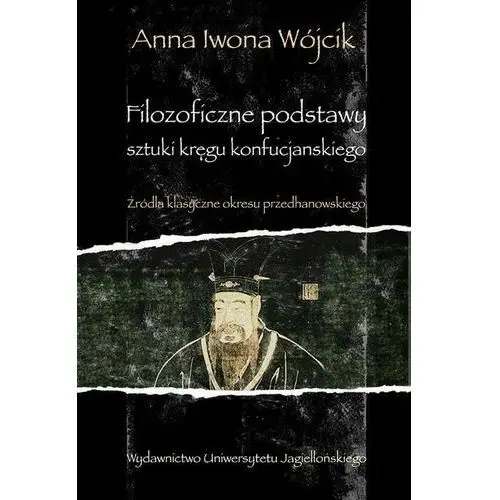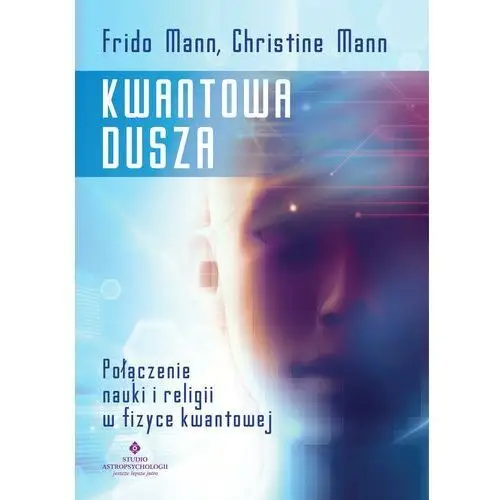Polska – Rosja. Sztuka i historia: Sztuka polska, sztuka rosyjska i polsko-rosyjskie kontakty artystyczne do początku XX wieku............ Польша – Россия. Искусство и история: Польское искусcтво, российское искуcство и польско-российские художественные контакты до начала XX века............
Poland – Russia. Art and history: Polish art, Russian art and Polish-Russian artistic relations to the beginning of XX century Rocznik Sztuka Europy Wschodniej / Искусство восточной Европы / Art of the East Europe, założony w 2013 roku przez Polski Instytut Studiów nad Sztuką Świata w Warszawie, jest międzynarodowym pismem naukowym, poświęconym sztuce i kulturze artystycznej Europy Środkowo-Wschodniej i Wschodniej, zwłaszcza od XVIII wieku do współczesności.
Publikowane są w nim materiały z konferencji i studia problemowe, dotyczące kluczowych zagadnień sztuki regionu i jego związków z innymi kręgami kulturowymi. Tom I (2013) zawiera część artykułów z I Konferencji Polskich i Rosyjskich Historyków Sztuki Polska – Rosja: sztuka i historia (Warszawa, 12-14.09.2012), poświęconych sztuce do początku XX wieku.
Spis treści / Contents: JERZY MALINOWSKI, Foreword; IZABELA KOPANIA, Introduction; - Art & Tradition: Ornament, Inscription, Figure:MARZENNA CZERNIAK-DROŻDŻOWICZ, The Influence of Indian Culture on South-East Asian Art.
A Few Remarks; KANG HEEJUNG, Religious Arts in the Early Classical Period in South-East Asia; VALÉRIE ZALESKI,Stucco and Terracotta Reliefs from Dvāravatī: a Clue to the Indian Sources of this Mōn State; ANNE-MAY CHEW, The Transition Style of Burmese Murals from Ava/Nyaung Yan to Amarapura (17th – mid-19th Century); NATALIA GOZHEVA, Buddhist Temples in Laos and the Problem of their Classification; FLORINA H.
CAPISTRANO-BAKER, Trade Links: 10th to 13th-Century Philippine Gold and Possible Links to Central Asia and the Mediterranean; FIONA KERLOGUE, The Silk Batiks of Java; MARIA V. STANYUKOVICH, Ifugao Ethnographic Art and Its Symbolism in Hudhud Oral Epics (with References to Collections of St.
Petersburg, Russia and Göteborg, Sweden); KRZYSZTOF MORAWSKI, Indonesian Designs: a Survey According to Their Antiquity; IRMAWATI M.-JOHAN,The Representation of Rays in Islam Ornamentation Tombstones in the 16th Century; NINIE SUSANTI, Ornaments in Old Javanese Inscriptions; - Cultural Heritage: Collections, Challenges, Strategies: GUY LUBEIGT, Cultural Heritage in Peril in Mainland South-East Asia; KANOKWAN GERINI, Rethinking Local Toponyms as Cultural Heritage: 'A Word of Advice' in Colonel G.E.
Gerini's 'A Trip to the Ancient Ruins of Kamboja, 1902'; OSCAR SALEMINK, Is there Space for Vietnam’s Gong Culture? Economic and Social Challenges for the Safeguarding of the Space of Gong Culture; MARZANNA POPŁAWSKA, Traditional Arts and Christian Expression in Indonesia: the Case of Flores; DAWID MARTIN, Musical Syncretism of the Sekaten Festival and the Garebeg Maulud Ceremony.
Hindu-Javanese Gamelan and Western Military Music as an element of a Muslim Holiday Celebration in the Court of Keraton Yogyakarta Hadiningrat; VERONICA GRITSENKO, Contemporary lacquer practices in Bagan, Burma; FRANCINE BRINKGREVE, From Colonial Collecting to Virtual Sharing: Shared Cultural Heritage between Indonesia and the Netherlands; HUISM TAN, Showcasing the Peranakan Phenomenon: A Case Study of the Peranakan Museum; ANNE HÅBU,Revealing History through Museum Collections: How the Ring Collection of Bencharong in Oslo Sheds Light on Norwegian Maritime Engagement in the Kingdom of Siam; ANGIE SIMONDS, Context and Connections: Vietnamese Ceramics in the Museum of Fine Arts, Boston; JOHN CLARKE, A 19th Century Wood and Lacquer Shrine from the Former Mandalay Palace, Myannmar (Burma) now in the V&A Museum, London; SAU FONG CHAN, South-East Asian Textiles in the V&A: 19th Century Acquisitions; JOANNA WASILEWSKA, Hidden Treasures.
Golden Thread Tapises from Sumatra in the Collection of The Asia and Pacific Museum in Warsaw; ELEONORA TENEROWICZ, The Art and Craft of Java in the Krakow Ethnographic Collections of Polish Investigators and Travelers, Jarosław Waszak, Marian Raciborski and Michał Siedlecki, at the turn of 20th Century; - Modern & Contemporary Art: Identities, Context, Struggles: ALISON CARROLL, Art and Change in the Asia Pacific: mid-Century War and Dislocation as a Paradigm for the Future; BRIDGET TRACY TAN, Rituals and Radicals – Aspects of Heritage and Politics in Modern and Contemporary Art in South-East Asian Arts; RIE NAKAMURA, Painting Vietnam and Painting Ethnic Minorities; MATT COX, Modern Indonesian Painters: Education and Cultural Nationalism in the Early 20th Century; RUSSELL KELTY, Renaissance: Contemporary Burmese Art; CLAUDIA SEISE, Indonesian Art in the Periphery: Contemporary South Sumatran Lacquer Art; LYDIA PARUSOL, Contemporary Cambodian Visual Art Practice (2000-2011): A Short Survey; ALBINA LEGOSTAEVA, Dong Ho Folk Painting in the 20th Century: New Trends, New Themes; FELICIA KATZ-HARRIS, Contemporary Form in Traditional Art: Figurative Evolution in Classical Javanese Wayang Kulit; MARIANNA LIS, Contemporary Wayang: from Sand to Hip-hop; - Europe and South-East Asia: Encounters, Influences, Interpretations: CLAUDINE BAUTZE-PICRON, Before the Art Historians Came: Burmese Monuments in the Western writings from the 17th to the 19th Century – a Short and Preliminary Survey; IZABELA KOPANIA, Anna Leonowens’ Observations on Siamese Art, Theatre and Literature within European Writings on Asian Art.
A Preliminary Study; ULRIKE KÖRBER, South-East Asian Lacquer on 16th and 17th century Indian- or Singhalese - Portuguese Furniture; MARIA BELÉN BAÑAS LLANOS, Botanical Art in the 18th Century in the Philippines.
Tagalog Painter; SYLVIA FRASER-LU, European Influences in Burmese Textiles; JOACHIM OESTERHELD, Two Decades in the Netherlands East Indies. Challenges and Satisfaction for the German Artist Walter Spies; JOHN TOOMEY, Italian Architects and Artists during the Reigns of Rama V and Rama VI; LÊ THANH HẢI, Vietnamese Identities in Reproductions of European Paintings – a Phenomenological Study in an Art Gallery in Saigon.














